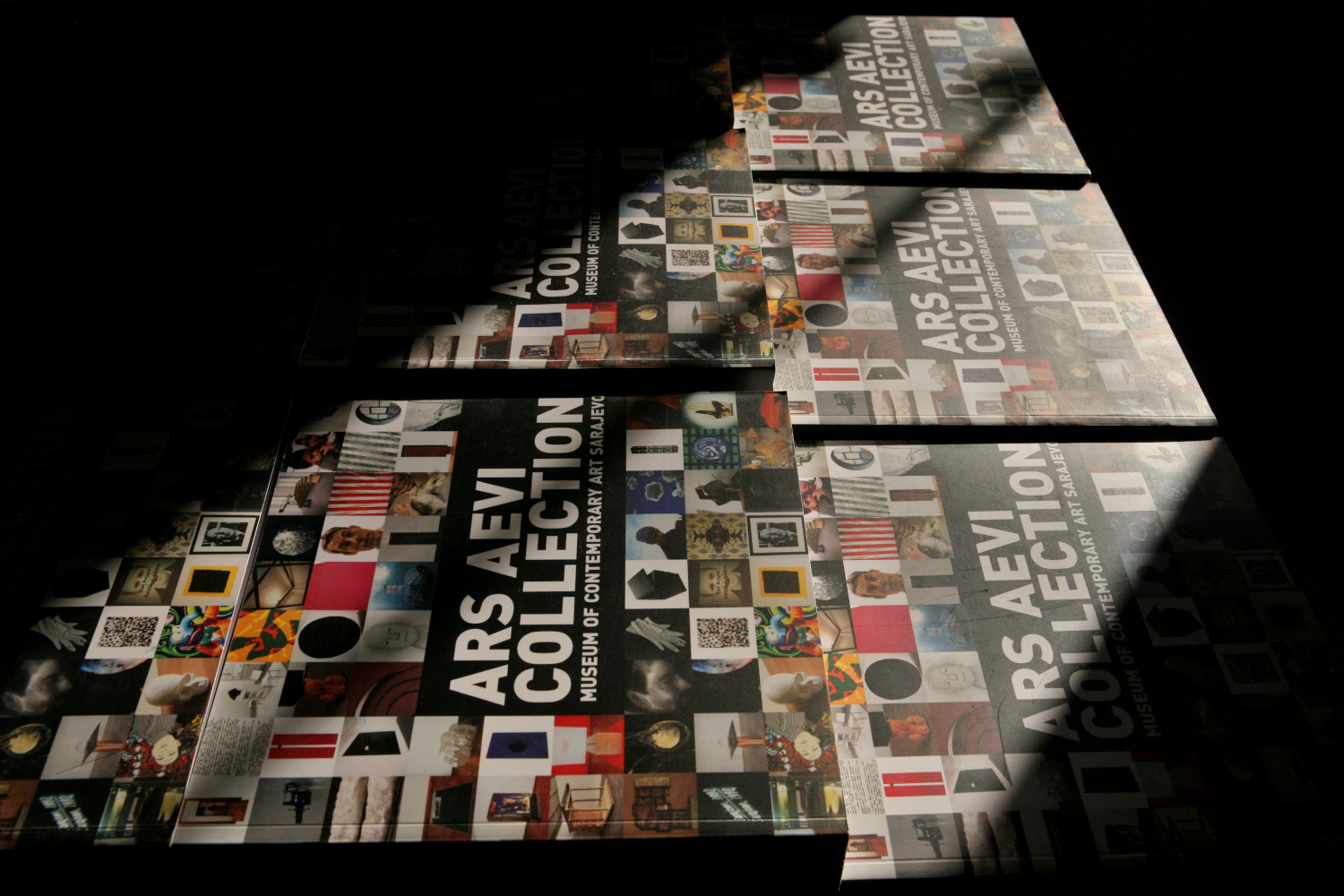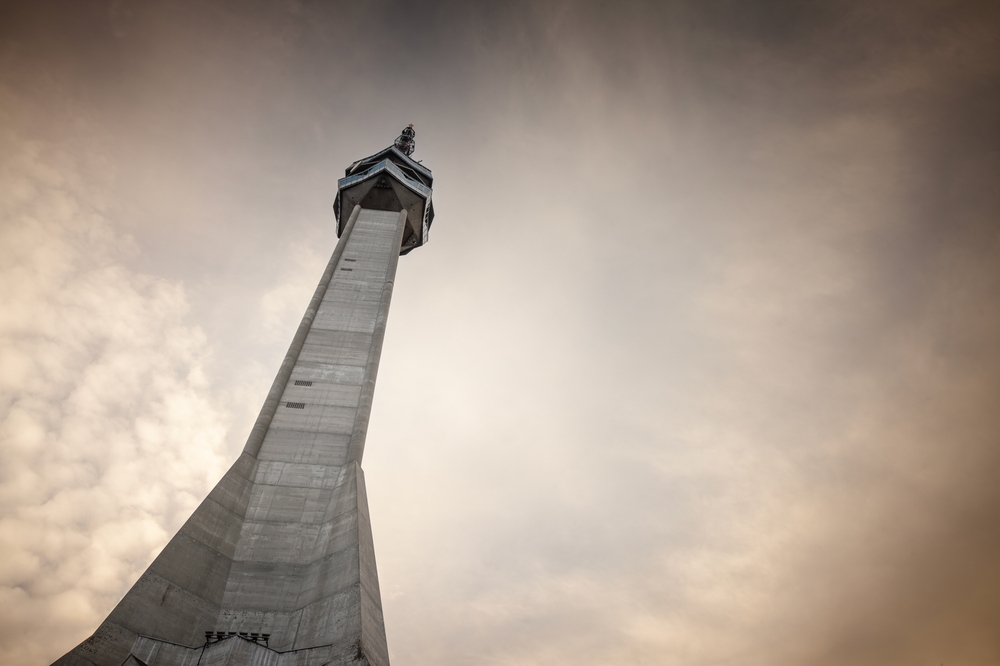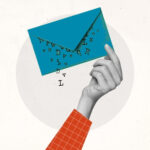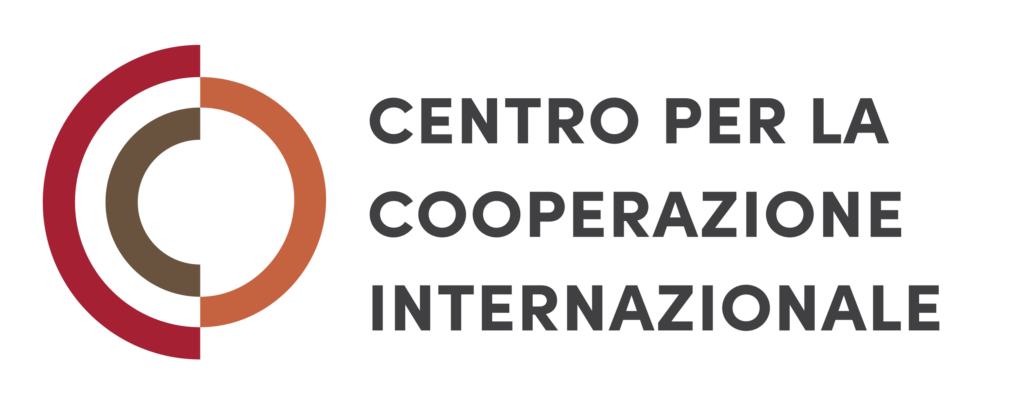Unesco supports the Ars Aevi project in Sarajevo
In Sarajevo, the foundation stone of the future Ars Aevi museum of contemporary art has been symbolically laid. A project that Enver Hadžiomerspahić has been working on since 1996, also involving architect Renzo Piano. Interview with Siniša Šešum, head of the UNESCO office in Sarajevo
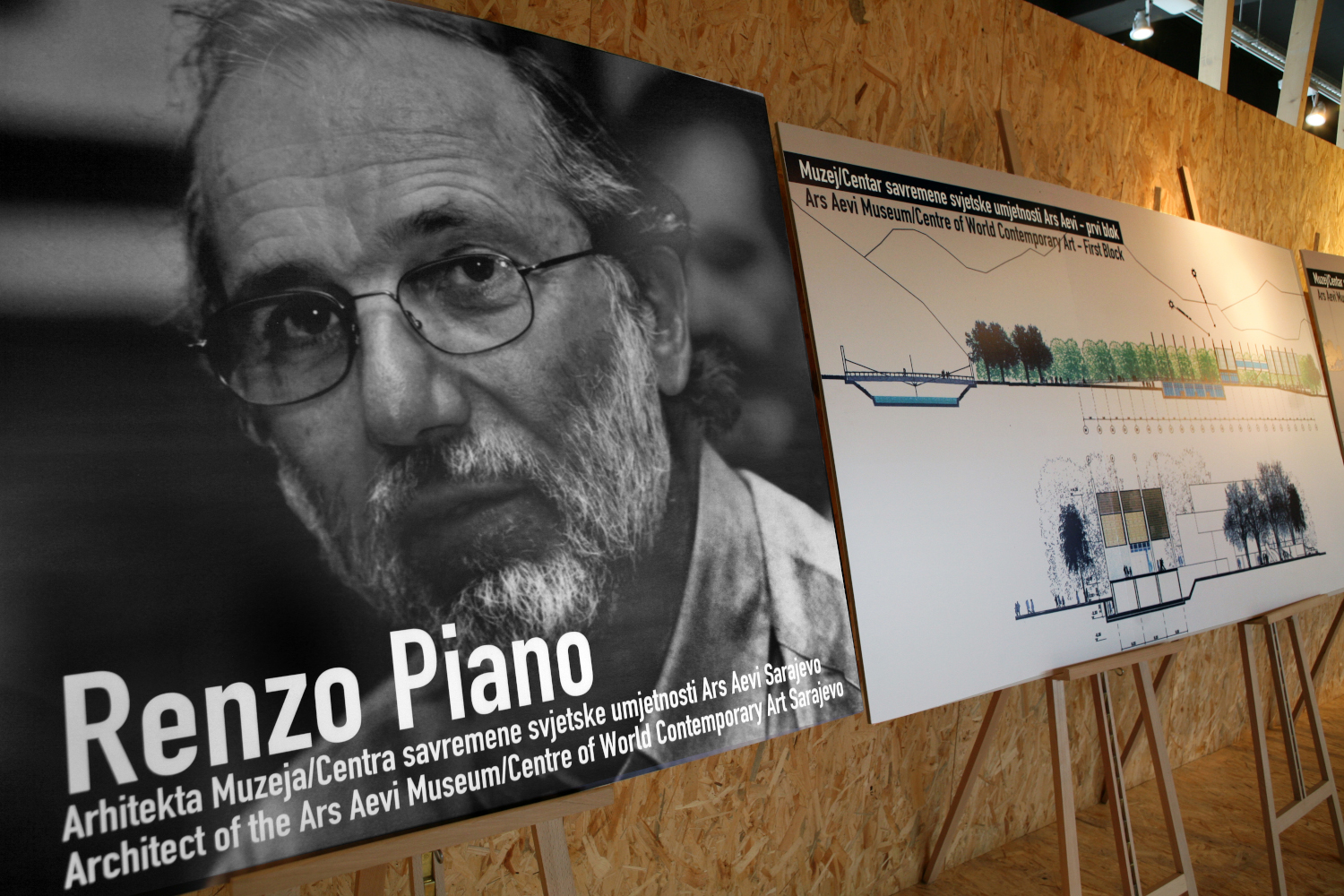
Unesco-a-sostegno-del-progetto-Ars-Aevi-di-Sarajevo
Ars Aevi Sarajevo © Mario Boccia
On 19 August 2024 , under a torrential downpour, the foundation stone for the future Ars Aevi Museum of Contemporary Art was laid in Sarajevo at the end of a ceremony taking place beneath the white and light blue flags of Daniel Buren’s enduring installation, “La Place des drapeaux” (Polje zastava), marking since 1996 the symbolic “Terrain of the Future Museum of Contemporary Art – Multicultural Centre Ars Aevi”. This event brings Ars Aevi’s dream one step closer to reality, a dream fiercely and gracefully championed by Enver ‘Enjo’ Hadžiomerspahić, affectionately known as “the man who saved art” through over 30 years of relentless effort .
Throughout this journey, artists and intellectuals were continuously drawn to an “invisible ship,” captivated by the vision of a man with a rare imaginative energy, whose clear eyes saw beyond conflict even when clouded by disillusionment and dust. Institutional representatives signing the Ars Aevi’s foundation stone, ranging from the Mayor of Sarajevo Benjamina Karić to the EU Delegation Ambassador Johann Sattler, all acknowledged unanimously that “Enver never gave up” by tirelessly knocking on doors, inspiring mayors and diplomats alike, even during times when “priorities were different” and art had to fight for a seat at the table.
The rain did not hinder today’s institutions, just as historical and political obstacles never deterred Enver in his mission to create a major Centre for Contemporary Art in Sarajevo. Among many other institutions addressed, Unesco played a vital role in building and sustaining Ars Aevi’s international connections, strengthening cultural preservation and renewal. To delve further into this aspect, we interviewed Siniša Šešum, Head of the Unesco Antenna Office in Sarajevo.
How would you define the importance of the “Ars Aevi” Museum project at this stage of its evolution and in alignment with Unesco’s values and strategy for the regional area?
Ars Aevi is a remarkable example of cultural resilience during challenging times, as well as a powerful symbol of international solidarity. Over the years, renowned contemporary artists and institutions have contributed to the Ars Aevi collection, generously donating their works to support this unique initiative.
From the very beginning, Unesco has shared a deep bond with Ars Aevi, as the project embodies core Unesco values and highlights the essential role of museums in socio-economic, educational, and cultural development. Our work in the region has always prioritised advancing dialogue and reconciliation, and the Ars Aevi Museum offers an invaluable space for promoting cultural diversity and fostering dialogue, not only within Bosnia and Herzegovina but also across the broader region.
At the MONDIACULT conference in September 2022, hosted in Mexico, Unesco Member States adopted a declaration emphasising the need to invest in the educational and social roles of museums, creative hubs, libraries, archives, and other cultural institutions. This aligns closely with the recently adopted Unesco framework on culture and arts education, and Ars Aevi’s mission clearly resonates with this international commitment.
What are the main changes that have taken place over the past 25 years, which make the institutional laying of the first stone of the “Ars Aevi” Museum project so significant, after having developed under the patronage of the Unesco Director-General since 1999?
Over the past 25 years, we have overcome numerous challenges with a singular goal: to ensure the continuity of this significant project. Ars Aevi began as a grassroots citizens’ initiative, but thanks to the unwavering support of the Canton and City of Sarajevo, its legal status has been secured, and today Ars Aevi is officially part of the Sarajevo City Museums. This crucial step not only resolved the project’s institutional status but also safeguarded its most valuable asset: a collection of works donated by some of Europe’s most esteemed contemporary artists.
We would especially like to thank the Government of the Canton of Sarajevo, led by Prime Minister Nihad Uk, for acting swiftly and punctually. In collaboration with the Mayor of Novo Sarajevo, they facilitated the building permit for the Ars Aevi Museum, based on the preliminary design by the world-renowned architect Renzo Piano.
We are also sincerely grateful to the Mayor of Sarajevo for the ongoing support that allows the Ars Aevi collection to be beautifully displayed in the historic Sarajevo City Hall, until the new museum is ready.
Many people might ask why Sarajevo needs a museum like this, and the answer is simple: Sarajevo has always been a pioneer in the promotion of culture and creativity, particularly in contemporary art. Ars Aevi and the Museum of Contemporary Art will continue this important legacy.
What could be the transnational scope of the “Ars Aevi” Museum project today, 30 years after its inception, as conflicts re-escalate and the space for art continues to shrink across the globe?
As already highlighted, at Unesco we envision the new Ars Aevi Museum of Contemporary Art in Sarajevo as a hub where culture and social cohesion will flourish. Through ongoing dialogue, youth engagement, cultural exchanges, and the promotion of cultural diversity, such a space will foster meaningful interactions and build bridges across communities. Culture, as we see it, possesses the unique power to break down barriers, supports de-escalations, and create a safe environment for expression through art and creativity.
The celebration of the 20th anniversary of the Old Bridge of Mostar reconstruction shows the eminent power of culture to bring communities together and we expect that Ars Aevi will similarly become a beacon of unity, not only in Bosnia and Herzegovina but also across the wider region.
More than just a museum, Ars Aevi is envisioned as a social and educational space for artists, cultural professionals, and diverse groups, especially young men and women by serving as a vital meeting ground and a network for coexistence at local, regional, and global levels, championing cultural diversity and mutual understanding.
Designed by architect Renzo Piano in his role as a Unesco Goodwill Ambassador, the Ars Aevi Museum (from the Latin for “art of the time” and a partial anagram of Sarajevo) aims to provide a permanent venue for the renowned collection comprising around 150 pieces donated by celebrated international artists such as Marina Abramović, Maja Bajević, Joseph Kosuth, and Michelangelo Pistoletto, during Sarajevo’s siege (1992 – 1996) as a strong act of solidarity and a catalyst for the city’s cultural and ethical renewal. Until now, works from the art collection are predominantly displayed at the historic national monument Vijećnica, Sarajevo’s iconic City Hall since its reopening in 2014 and former National Library until its destruction in 1992.
Tag:
Read more
14/12/2004, Risto Karajkov
24/01/2005, Risto Karajkov

